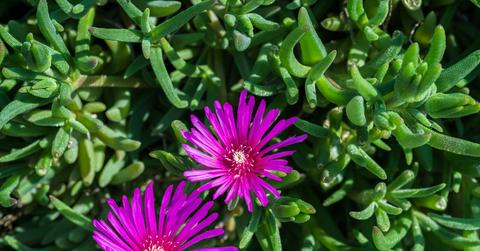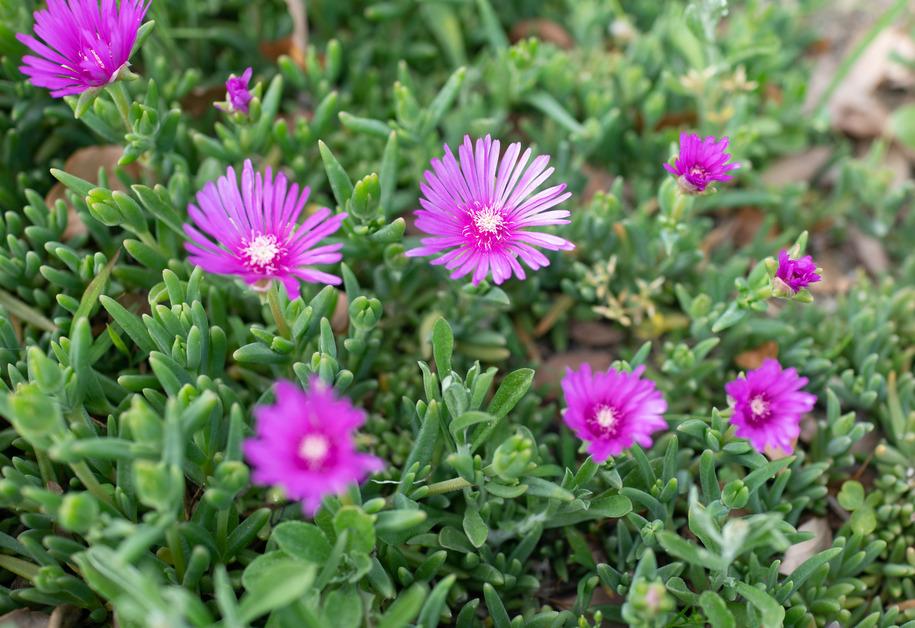What Is an Ice Plant Succulent? This Desert Species Has Become a Threat in California
These drought resistant succulents are beautiful, but they are a threat to native habitats in California.
Published March 18 2024, 12:01 p.m. ET

Whether you're an avid gardener looking to expand your greenhouse or a newbie seeking to grow your green thumb, plant management doesn't get easier than succulents. While there are many kinds of popular succulents readily available, such as cacti or aloe vera, you might be dazzled by the beautiful hue of the ice plant.
As succulents, ice plants require little water and maintenance and produce colorful flowers, which makes them an appealing desert garden addition for those struggling to maintain flora in the heat.
Although ice plants are common along the coast of California, they are actually an invasive species native to Africa. Here is what you need to know about caring for an ice plant succulent and the potential issues in growing them.

What is an ice plant succulent?
The ice plant is a flowering succulent often found in warm climates. It is named for the tiny hairs on the stem that glimmer like ice in the sun. Ice plants are known for their large flowers, which range in color from orange to yellow, red, pink or even purple, and can grow to be anywhere from three to six inches tall, per The Spruce.
Ice plants bloom throughout the spring, summer, and fall and do best in full sun in dry, sandy soils. The plants' need for sun is one of the reasons ice plants fare so well in hot climates like parts of California. They can easily spread in poor soil and even overtake other plants in an area if the soil remains dry for long periods, per Gardening Know How.
According to The Spruce, ice plants are shrub-like and can cover a lot of ground, where just one plant can spread to at least two feet. So, an ice plant can easily do the job if you have a garden looking to fill some gaps. However, if you are worried about the soil becoming too wet where you live, it might be a good idea to grow your ice plant in a pot to move it around and control the wetness of the soil.
Also, once planted, ice plants require little attention. Succulents require little watering and care to stay alive, and ice plants are no different. According to Epic Gardening, because ice plants are drought-tolerant and have a long blooming period, they are an easy way for those living in warmer climates to maintain a colorful garden.

What is the problem with ice plants?
Ice plants have become an invasive species in California. Native to South Africa, ice plants were first brought to California in the 1900s to help prevent erosion on railroads and roads. Ice plants thrive in dry conditions, which has helped them thrive in California to the point that they have become invasive.
According to the California Department of Fish and Wildlife, when ice plants spread, they not only can kill off the native plants in the area, but they can modify the soil composition, which can make it even harder for the native species to grow.
Ice plants are particularly a problem on the coast of California and have threatened the diversity of the dune habitats home to many endangered species, such as Blainville's Horned Lizards, which are disappearing because of habitat loss, per the Morro Bay National Estuary Program.